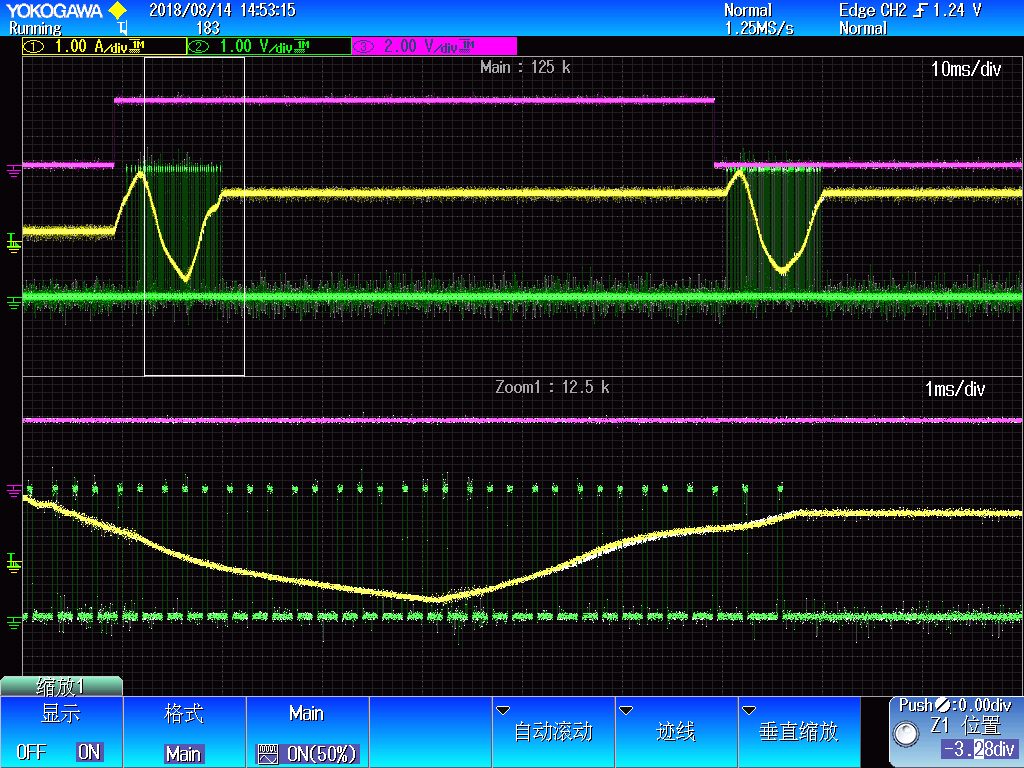Dears ,My customer use drv8818 as stepper motor driver , Positive and inversion , there is a error occasionally , Set the driection then give the DRV8818 PWM ,delay 20ms , Set the opposite driection then give the DRV8818 PWM , in this case ,the motor will be error :could not change the driection some times, The motor run time is 13ms , when delay time prolong 50ms ,the error less ,but still happen ,the applicatin need 20ms ,please help to check the sch ,if any wrong there ? many thanks ~
-
Ask a related question
What is a related question?A related question is a question created from another question. When the related question is created, it will be automatically linked to the original question.





